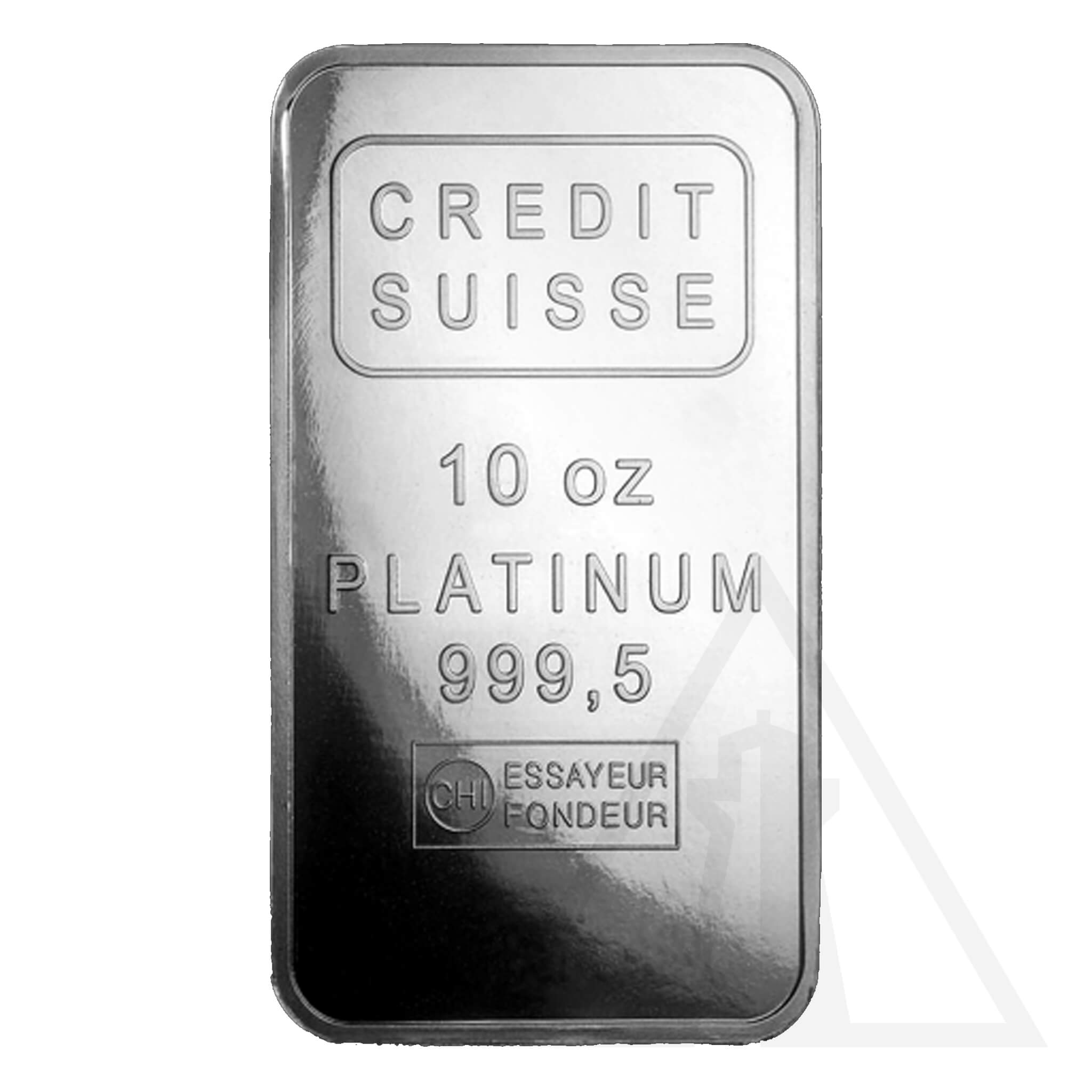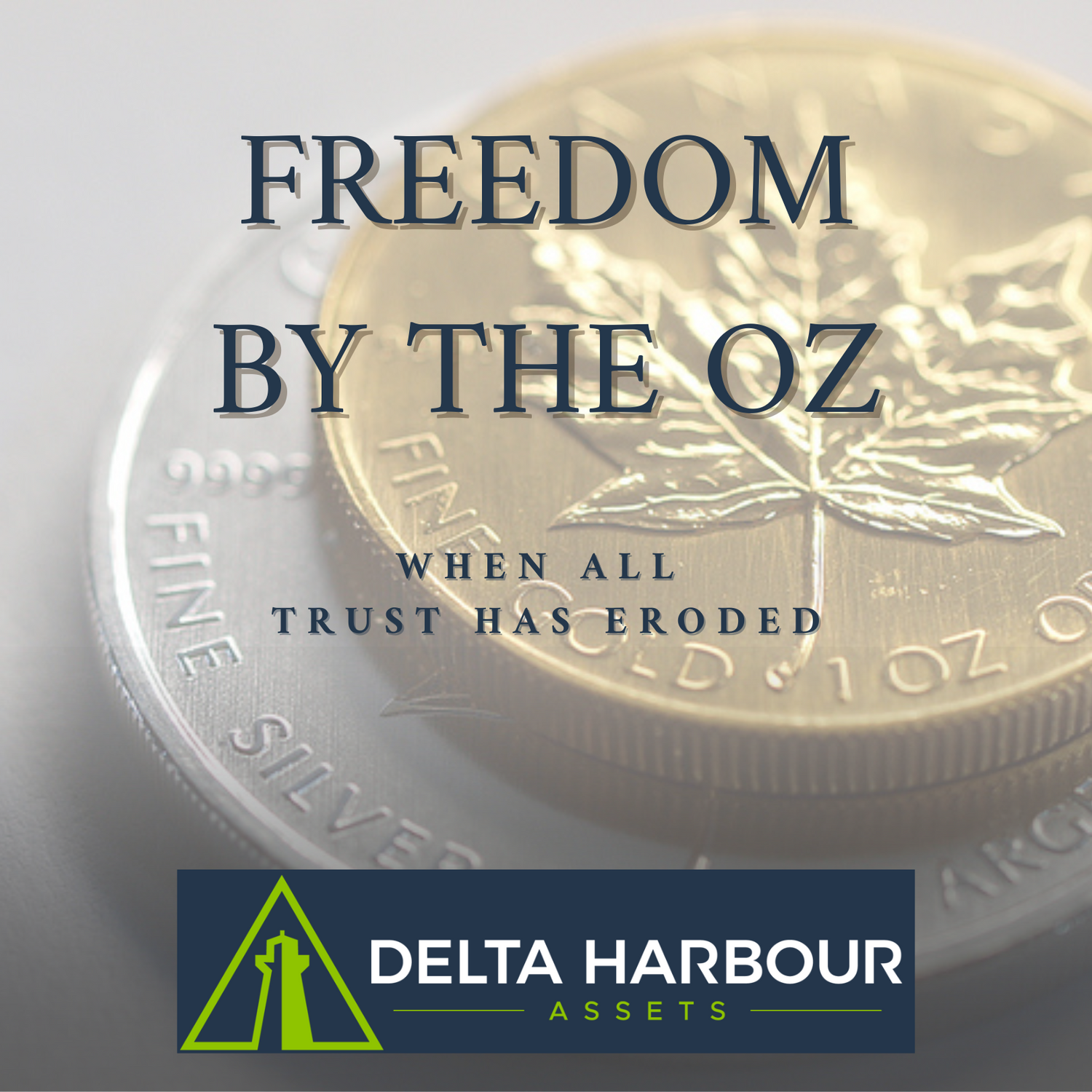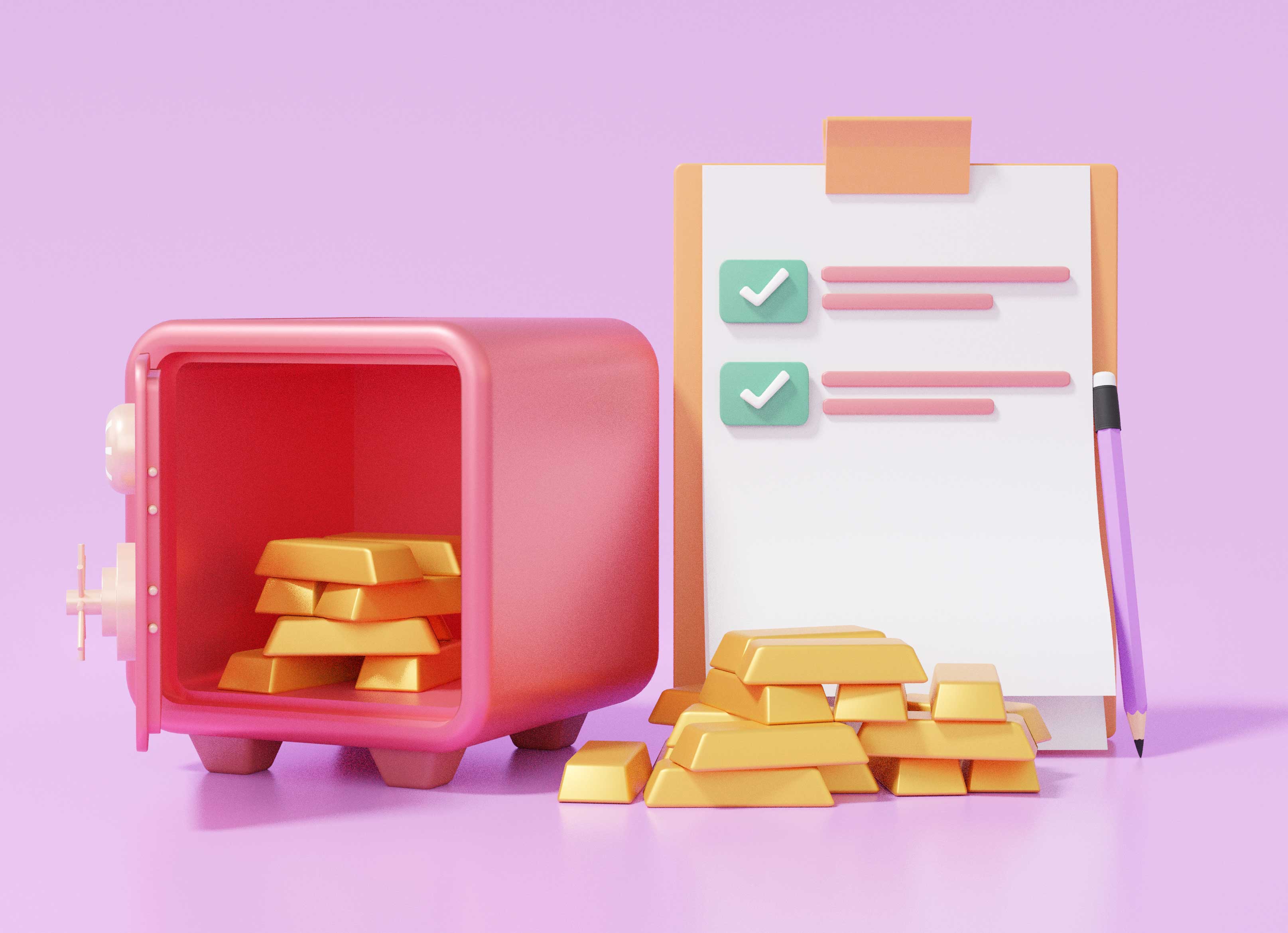In today's ever-evolving global economy, the erosion of trust in the stability of the U.S. dollar isn't merely speculative—it's an undeniable reality gaining momentum. This seismic shift bears profound implications for financial markets and the real economy, implications that demand our attention. The drivers behind this movement towards alternative assets, including gold and silver, are multifaceted.
Consider the unyielding fiscal challenges confronting the United States, compounded by geopolitical uncertainties. Factor in the looming spectre of inflation, spurred by rising oil prices, alongside the ominous shadow of recession, and a Federal Reserve seemingly adrift in a sea of missteps. Add to this mix the vulnerabilities of an overvalued and excessively concentrated stock market, and the stage is primed for a potential convergence of crises. Now multiply that by almost all G8 countries, including ours right here at home, and that crisis is existential.
Yet, amidst these warning signs, many investors remain oblivious to the storm. However, the recent surge in gold prices may portend a seismic shift in global financial dynamics—a shift that has yet to be fully comprehended.
Until there's a collective recalibration of investment paradigms, gold's ascent risks being dismissed as a sideshow, relegated to the margins of the investment landscape. Nevertheless, for discerning value investors unfazed by macroeconomic fluctuations, the allure of precious metals is unmistakable.
Canadian investors, in a unique position, have the opportunity to protect their wealth and see significant returns in this paradigm shift. The growth potential is substantial, whether through direct ownership of physical gold and silver, securing assets in vaults, or integrating these metals into registered accounts. Partnering with our firm, Delta Harbour Assets, offers a new form of trust, one that is outside the traditional banking system and paper assets that may or may not hold long-term value.
In the current milieu, the erosion of trust extends beyond skepticism towards the U.S. dollar—it permeates the fabric of our societal structures. Citizens harbour increasing disillusionment, not solely towards currencies, but also towards the institutions and leaders entrusted with safeguarding their interests.
This crisis of confidence transcends national borders—a global phenomenon characterized by profound skepticism toward governments, central bankers, and institutional elites. The prevailing sentiment among the middle class is disenchantment, a sense that those in power may not always act in their best interests. This embitterment cuts across the blue- and white-collar middle class and impacts the overall psyche of the Canadian investor.
In this climate of uncertainty and disillusionment, the allure of real physical assets like gold and silver becomes more compelling. Unlike fiat paper currencies, which are subject to the whims of policymakers and market vagaries, precious metals possess intrinsic value and are immune to bureaucratic manipulation. They are private, and even within the framework of the registered accounts, having the option to take your metals home in retirement instead of cash is unique to this category of assets. No other investment offers this duality.
The case for diversifying portfolios with gold and silver is clear for Canadian investors attuned to shifting public sentiment. These assets offer a hedge against the erosion of trust in traditional financial instruments, providing a tangible store of value in turbulent times.
This erosion of trust in institutions and leaders signifies a profound shift in societal consciousness—a change we cannot ignore. By embracing alternative assets like gold and silver, investors safeguard their wealth and send a powerful message: trust must be earned, not bestowed unquestioningly. As economic uncertainties persist, gold and silver remain steadfast bulwarks of value and resilience in an ever-changing financial landscape.
In investment narratives, gold often commands the spotlight, boasting a staggering 482% surge over the past two decades. It's the show's star, capturing headlines and investor attention alike. Yet, amidst the glimmer of gold, its lesser-known sibling, silver, quietly emerges as a hidden gem.
Silver's journey gained momentum last autumn, mirroring gold's ascent. Silver stepped into focus as markets pondered the possibility of a hotter-than-expected G8 global economy and prolonged inflation. With rampant government spending and signs of inflationary resurgence continuing to hamper our pocketbooks, investors and traders began seeking havens again.
What distinguishes silver, perhaps even more intriguingly than gold, is its relative affordability. While gold basks in new all-time highs, surpassing $2,400 per ounce just this past week, silver languishes far below its peak of $49 per ounce in 2011. Currently trading at nearly 85 times the price of silver, gold appears lofty compared to its historical average of around 55 times during this bull run since 2002.
This stark contrast prompts some to view silver as a bargain compared to its golden counterpart. However, skeptics caution against overlooking practical considerations. They note that physical silver yields no interest and entails costs like storage and insurance, resulting in a negative carry relative to cash. Valuing silver proves challenging, with its intrinsic worth often assessed relative to production costs.
For example, Fresnillo, the world's leading silver miner, faces production costs ranging from $20 to $22 per ounce at its Mexican mines. While optimistic projections anticipate surging profits for silver miners, practical hurdles like input cost inflation and operational challenges temper such expectations. Fresnillo's stagnant share prices since 2008 and regulatory uncertainties, such as proposed mining permit bans in Mexico, underscore the complexity of investing in silver miners.
Despite these challenges, patient contrarians may find allure in the apparent disparity between silver's market price and mining shares. While silver's road to riches may be fraught with obstacles, the potential for value discovery beckons those willing to navigate the uncertainties of the silver market. And by the way, let me remind you that gold is about 2.75 times higher than it was when it reached its last all-time historical peek in 2011, making it 175% higher in price, while silver remains 43% below its 2011 peak and 46% or almost half less than its all-time high, set back in January of 1980. No other asset on the face of the planet currently has this same set of fundamentally undervalued prices, not a single one. When you look around you, the idea that might come to mind is that I should run, not walk, to consider ownership of silver in this day and age. Now you're in the know. What you do with it is always up to you.
Yours to the penny,
Darren V. Long







